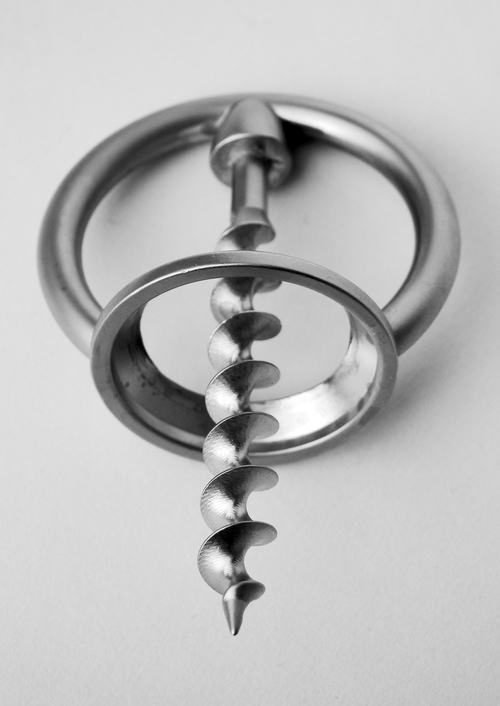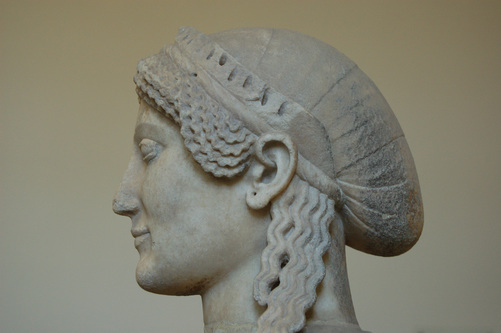Trepanation
It is hard to believe that the history of medicine regularly features people drilling holes into each other’s heads. However, this practice is one of the earliest examples of surgery. Readers may be surprised by the number of civilisations that utilised it.
The act of boring into the skull for medical intervention purposes is known as trepanation. There is evidence of it in Ancient China, Medieval Africa and Pre-Columbian Mesoamerica. There are even prehistoric cave paintings depicting it. On the surface, it might seem highly dangerous. However, depending on the era, survival rates could be pretty good.
Publications such as Sky News have occasionally reported cases of modern trepanation. In the 1970s, a filmmaker called Amanda Feilding even created a documentary where she performed trepanation on her own head. However, most professionals do not recommend the procedure due to the high risks.
If done incorrectly, the patient can be left with brain damage and be susceptible to infection. Death may be caused by skull trauma or blood loss. Furthermore, there are no verified benefits to the procedure. Proponents point to pseudoscientific reasons for why trepanation should be celebrated. Safer forms of cranial surgery have replaced it.
The Four Humours
It is surprising how far medicine has advanced in recent years. For many centuries misunderstandings about the human body caused doctors to prescribe highly unusual and ineffective treatments. For example, bloodletting was widespread during the medieval era,. The main reason for this practice was a physiological theory called the Four Humours.
It stated that there were four essential fluids found within humans. Each one affected the emotions of the patient. If a humour was imbalanced, it would lead to common ailments. The humours were thought to be blood, yellow bile, black bile and phlegm. Doctors strived to make these fluids as equally proportioned as possible. Therefore if one of them was in excess, it needed to be drained. This explains why bloodletting became such a common form of treatment. Interestingly, while this theory was extremely incorrect, it did suggest a link between body chemistry and psychology.
It cannot be overstated how influential humorism was to worldwide medicine. Even today, it has still left its mark. Phrases such as humoral immunity and humoral regulation are now used to describe hormones. However, the meanings of the words do not literally relate to the theory. It has been completely disproven.
Medical professionals did not immediately accept that the four humours were non-existent. Even during the mid-1800s, some doctors still held onto the idea. Bloodletting is far less prevalent in modern times. It is sometimes utilised when treating a small number of rare diseases. This is in contrast to the Middle Ages when it was widespread.


